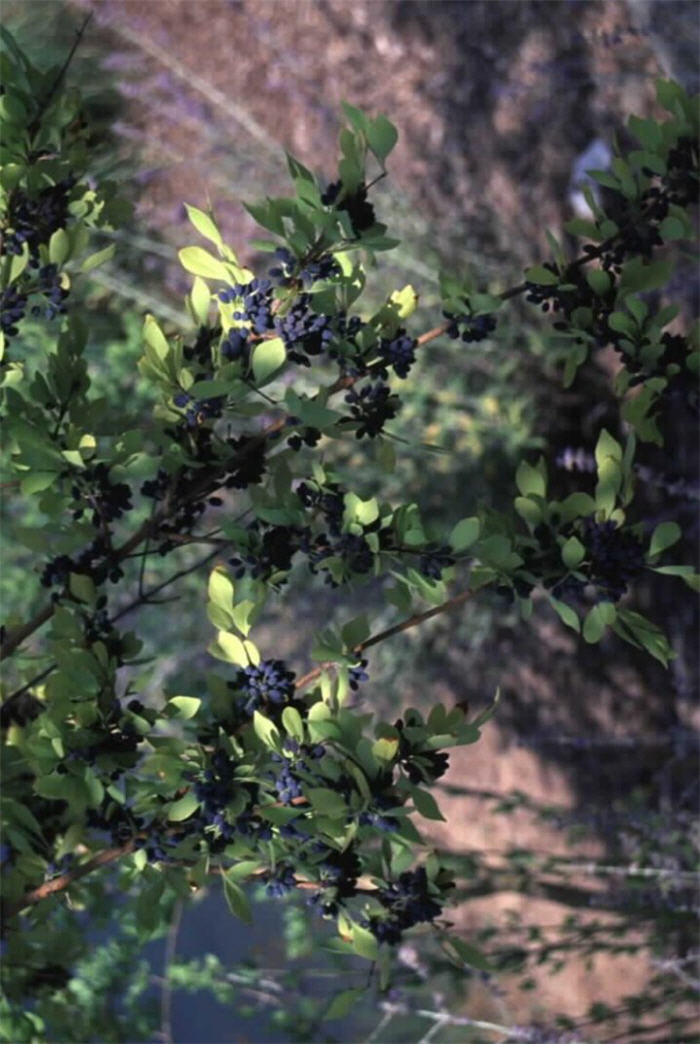| Botanical Name: Forestiera neomexicana | |
| Common Name: New Mexican Privet; Desert Olive |

-
Anatomy
-
Culture
-
Design
Plant Type
Tree, Shrub
Height Range
6-12'
Flower Color
Yellow
Flower Season
Spring
Leaf Color
Green, Dark Green
Bark Color
Grey, White
Fruit Color
Blue, Green
Fruit Season
Summer
Sun
Full
Water
Very Low, Low
Growth Rate
Moderate
Soil Type
Sandy, Clay, Loam, Rocky, Unparticular
Soil Condition
Average, Poor, Well-drained, Dry
Soil pH
Neutral, Basic
Adverse Factors
n/a
Design Styles
Formal, Japanese, Mediterranean, Ranch, Spanish, Native Garden, Woodland
Accenting Features
Fall Color, Multi-trunk Tree, Silhouette, Specimen
Seasonal Interest
Winter, Spring, Summer, Fall
Location Uses
Background, Shrub Border, Foundation, Patio, Walls / Fences
Special Uses
Hedge, Screen, Mass Planting, Wind Break, Small Spaces
Attracts Wildlife
Birds
Information by: Stephanie Duer
Photographer: Mountain States Nursery
Photographer: Mountain States Nursery
-
Description
-
Notes
Desert Olive is a Utah native, commonly found on streambanks or in areas with a high water table. This deciduous tree or large shrub typically grows 8 to 15 feet tall and 6 to 10 feet wide. It has an upright habit, and is low-branched, so pruning is necessary to maintain a tree-like canopy. The leaves are long, leathery, and dark green, turning yellow in fall. Tiny yellow spring flowers are followed by small, olive-like fruit enjoyed by birds (both a male and female plant are necessary for fruiting). New wood is nearly black, aging to a light gray.
Grow in full sun and well drained soils; adaptive to soil types and pH. It tolerates shearing. Useful as a windbreak, hedge, screen, or small patio tree. Disease and pest free. There are several Desert Olives planted at the Greater Avenues Water Conservation Demonstration Garden.